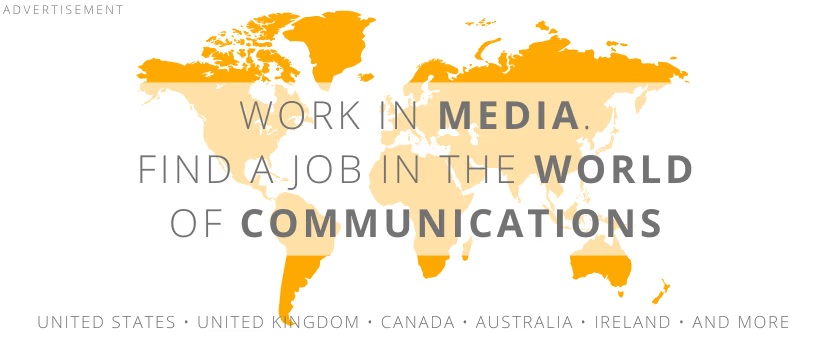 illustration: DALL-E
illustration: DALL-EThe report "State of MarTech Poland H1 2025" is the result of a collaboration between the business and academic sectors-specifically, the digital agency Altavia Kamikaze + K2 and the University of Information Technology and Management (WSIiZ) in Rzeszów. The publication is supported by the Polish Chamber of Commerce and the Targowa Creativity Center, a startup and innovation incubator.
The study was conducted using an online survey. The sample was purposefully selected and included professionals in senior marketing roles-such as Marketing Directors, Digital Marketing Directors, Marketing Managers, Brand Managers, CRM Managers, and CX Managers.
The most important insight is that Nearly half of marketers in Poland can’t clearly say whether their marketing technologies deliver a real return. Most common responses:
- 49% - "mostly in line with expectations"
- 11% - "somewhat below expectations"
- 3% - "well below expectations"
Uncertainty like this makes companies hesitant to invest. Only 12% of marketers plan to adopt new tools. Instead, the focus has shifted to getting more out of existing platforms.
AI isn’t delivering yet. The talent shortage is real
Artificial intelligence might be the hottest buzzword in tech, but for marketers, the reality is underwhelming. Nearly half (49%) admit they see a change in how tools work after implementing AI, but not in the actual results.
Only 35% say AI helps them reach goals more effectively. And 15% of marketers call it a "meaningless buzzword" for now. According to the report authors, most AI applications are still operational-not strategic. That’s why executives aren’t seeing measurable business impact yet.
Companies are also facing a serious talent gap. Finding people who understand both technology and business objectives isn’t easy. Just 2% of respondents say it’s "very easy" to hire MarTech experts. Meanwhile, 30% say it’s "rather difficult," and 7% say it’s "very difficult".
These professionals need more than technical skills. They must interpret complex data, translate insights into business terms, and communicate effectively with leadership. This rare skill set is costly to develop and even harder to retain.
Tech chaos and integration headaches
Integration remains the #1 challenge. Over half of respondents (56%) struggle to build a cohesive system where tools and data work together. That’s a bigger issue than costs or user experience.
Here’s how the main pain points stack up:
| Challenge | % of Firms |
|---|---|
| Integrating tools into a unified system | 56% |
| Navigating a fragmented vendor landscape | 37% |
| Difficulties in implementation | 33% |
| High costs | 22% |
| Lack of clarity in reporting results | 21% |
To deal with this, 30% of companies plan to audit and reduce their current toolsets. Another 31% want to work with external partners, and 29% are investing in upskilling their in-house teams.
Too many tools, not enough strategy
One of the report’s key insights is that Polish companies often adopt technologies without a clear roadmap. Nikodem Sarna from Altavia Kamikaze + K2 warns that adding new tools without purpose leads nowhere. The real winners are brands like Coca-Cola and TripAdvisor, who start with customer needs - and only then choose the right technologies.
As dr Iwona Leonowicz-Bukała from WSIiZ points out, knowledge, creativity, and strategic thinking are more important than the number of tools in the stack. Technology alone doesn’t solve business problems - people do.
COMMERCIAL BREAK
New articles in section Marketing and PR
Dance in the media mirror. Between culture, business and viral fame
KFi
Over 78,000 media pieces, 1.6 billion potential views, and 197,500 social media mentions-dance in Poland is no longer niche. With a combined media value exceeding PLN 800 million, it now outperforms MMA, handball, and hockey.
PR in Poland. Ranking of the largest public relations agencies 2025
KFi
The smallest teams often generate the most publications, and agencies outside Warsaw are increasingly capturing media attention. This unexpected distribution of power is one of the key findings from the 2025 PR Agency Ranking in Poland, developed by Widoczni and IMM.
Connected TV and borderless advertising. The ID5 report
KFi
Viewers are moving away from cable TV. And they are doing it en masse. Already 86% of Europeans watch content via Connected TV and global ad spend in this segment is set to double by 2028. The industry is undergoing a communication revolution.
See articles on a similar topic:
SEO and AI in Polish e-commerce 2025. Harbingers analysts’ report
Krzysztof Fiedorek
Although 44.56% of e-commerce traffic comes from organic results, over half of online stores are not seeing growth. The biggest surprise? A staggering 9.5 million monthly visits lost due to dead content. On top of that, 38% of companies still don’t appear in AI-generated answers - a new and growing source of visibility.
Modern Mobile Communication. How Companies Build Loyalty by Phone
KFi
Companies can no longer treat mobile communication channels as a side element of their operations. An effective mobile strategy is becoming a cornerstone of customer contact, a tool for improving service, and a way to optimize internal processes. If they know how to use it.
The future of search is now. How AI is reshaping brand visibility
KFi
AI Search and Share of Voice are no longer optional marketing metrics. They’re essential. Yet only 7% of Polish companies use AI. In the new search landscape, that’s nowhere near enough. Fall behind now, and your brand could simply... vanish from the internet.
Costs of link building are way overestimated. A major analysis by Adsy
Krzysztof Fiedorek
A guest post for $45? Or maybe $4595? Price differences reach up to 100x, and the market is full of absurdity: sellers demand fortunes, buyers pay a fraction. The beauty industry costs less than literature, and Ireland beats the US hands down. Analysts at Adsy have taken a deep dive into the SEO trade.





























